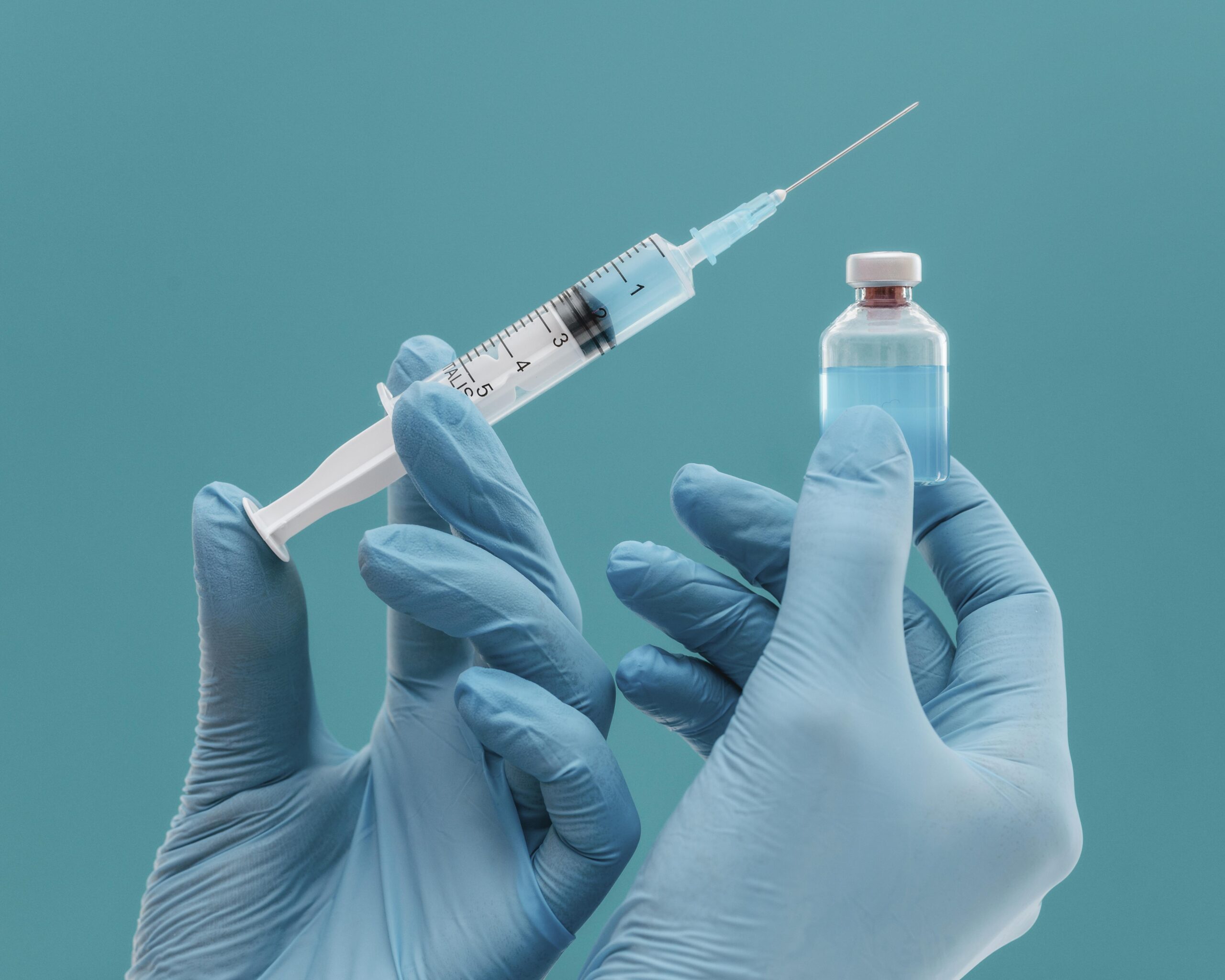Objective
The company wanted to gather quick insights from healthcare professionals (HCPs) on two therapeutic products. The aim was to understand doctors’ perceptions, usage patterns, and feedback within a tight deadline of one month.
| Goal | Target | Timeline | Audience | Channels |
|---|---|---|---|---|
| Collect survey responses | 100 per product | 1 month | Consulting physicians, endocrinologists, diabetologists, nephrologists | Email + SMS |
Execution & Results
The campaign was rolled out in December 2023 using a simple digital survey form. Email and SMS channels were used for wide outreach across doctors.
| Product | Reach | Impressions | Responses | Target Achieved |
|---|---|---|---|---|
| Product A | 79.5K | 184.7K | 115 | ✅ Yes |
| Product B | 74.3K | 167.8K | 111 | ✅ Yes |
Highlights:
- Both products exceeded the target of 100 responses each.
- Despite low conversion (~0.15%), the large reach ensured success.
- Responses were received within the planned 1-month period.
Key Insights
| Insight Area | Observation |
|---|---|
| Response Drivers | Consulting physicians contributed the majority of responses compared to specialists. |
| Specialist Engagement | Endocrinologists, diabetologists, and nephrologists required more frequent reminders to respond. |
| Conversion Rate | Although reach was high, response rate was modest, highlighting the need for broader exposure. |
| Channel Effectiveness | Combination of Email + SMS proved effective in reaching diverse HCP groups. |
Learnings
- Tailor messaging per specialty to make content more relevant and engaging.
- Incentives (e.g., CME credits or recognition) can significantly improve specialist response rates.
- Balanced outreach frequency avoids fatigue but ensures visibility.
- Multi-channel strategies (webinars, app notifications, social media) can further boost participation.
- Even with modest conversion, large-scale outreach ensures targets are met within deadlines.





